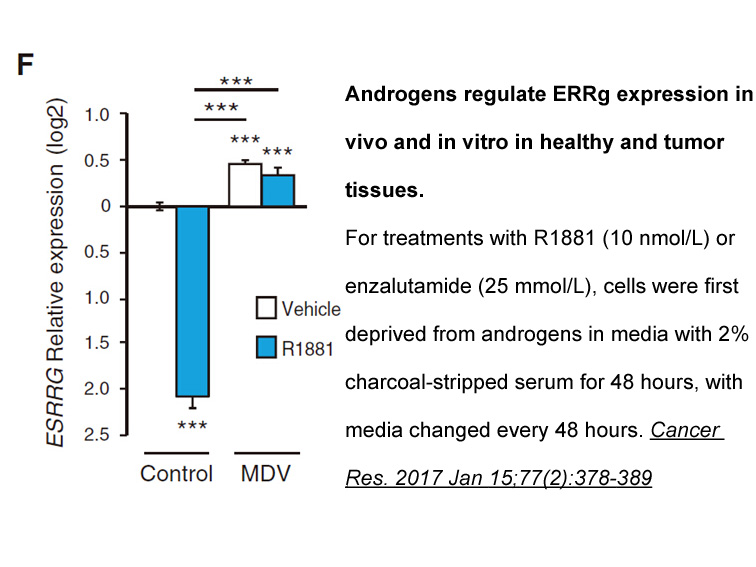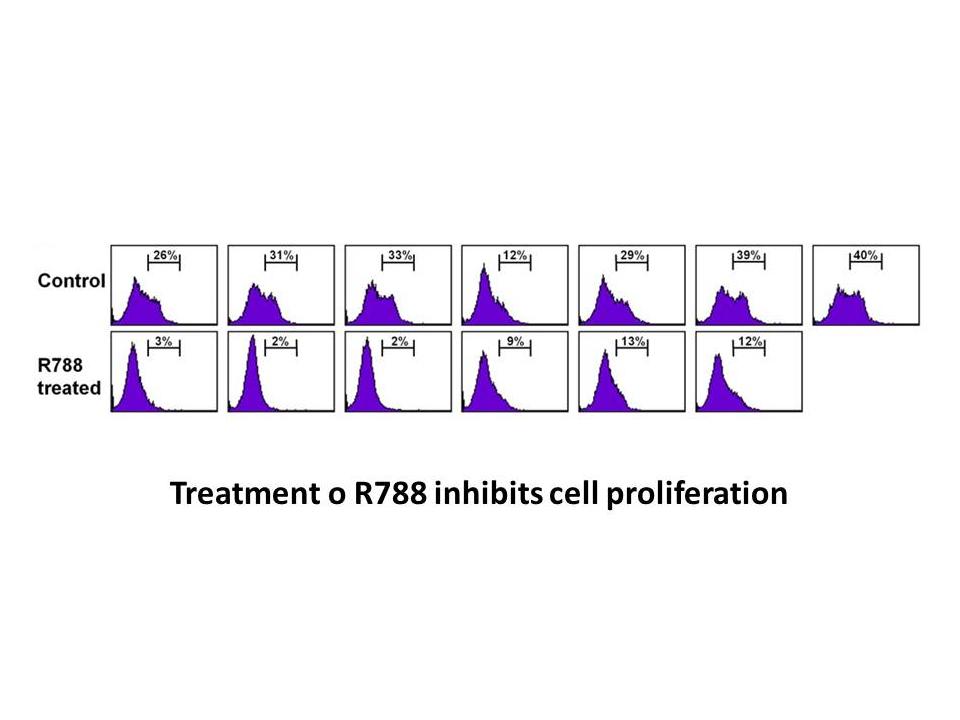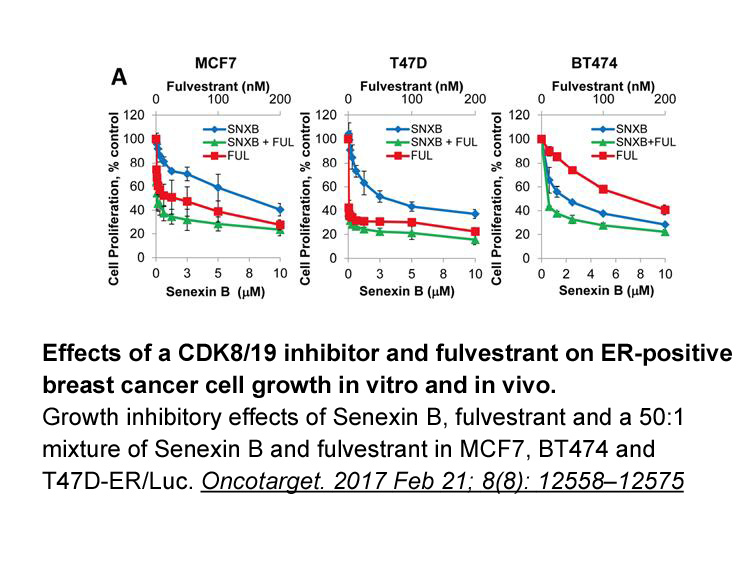Archives
- 2026-01
- 2025-12
- 2025-11
- 2025-10
- 2025-09
- 2025-03
- 2025-02
- 2025-01
- 2024-12
- 2024-11
- 2024-10
- 2024-09
- 2024-08
- 2024-07
- 2024-06
- 2024-05
- 2024-04
- 2024-03
- 2024-02
- 2024-01
- 2023-12
- 2023-11
- 2023-10
- 2023-09
- 2023-08
- 2023-06
- 2023-05
- 2023-04
- 2023-03
- 2023-02
- 2023-01
- 2022-12
- 2022-11
- 2022-10
- 2022-09
- 2022-08
- 2022-07
- 2022-06
- 2022-05
- 2022-04
- 2022-03
- 2022-02
- 2022-01
- 2021-12
- 2021-11
- 2021-10
- 2021-09
- 2021-08
- 2021-07
- 2021-06
- 2021-05
- 2021-04
- 2021-03
- 2021-02
- 2021-01
- 2020-12
- 2020-11
- 2020-10
- 2020-09
- 2020-08
- 2020-07
- 2020-06
- 2020-05
- 2020-04
- 2020-03
- 2020-02
- 2020-01
- 2019-12
- 2019-11
- 2019-10
- 2019-09
- 2019-08
- 2018-07
-
br Materials and methods br Results br Conclusion br Conflic
2020-03-17

Materials and methods Results Conclusion Conflict of interest Acknowledgements This work was supported by the National Key Research and Development Program of China (2018YFD0400302) and General Program of National Natural Science Foundation of China (31471602). Introduction A sign
-
The larger eukaryotic ligases such as LigI
2020-03-17

The larger eukaryotic ligases, such as LigI and LigIV, also possess an additional N-terminal DNA-binding domain (DBD) that is required for efficient ligation (Fig. 1c) and enables these ligases to encircle DNA [17]. An equivalent helix–hairpin–helix domain is also present in the bacterial NAD-depend
-
br Conflicts of interest br Author contributions br Acknowle
2020-03-16

Conflicts of interest Author contributions Acknowledgements This work was supported by the University of Brescia (ex 60%) and Siderurgica Leonessa research funds to AF. RR was supported by Associazione Italiana per la Ricerca sul Cancro - AIRC (MFAG 18459 grant). We are grateful to Umberto
-
Celiac disease occurs in the small intestine due
2020-03-16

Celiac disease occurs in the small intestine due to the ingestion of gluten and triggers an immune response by T-cells resulting in tissue remodelling and malnutrition [6]. Earlier studies by many researchers have shown that the prolamins of gluten are the toxic agent for celiac disease, since they
-
Our results implicate a critical role for CXCR
2020-03-16

Our results implicate a critical role for CXCR-1 in promoting the migration of colonic tumor cells. Expression of this receptor, but not CXCR-2, increased significantly because of the EMT (Fig. 3). Moreover, although Clone A Rifabutin express comparable levels of both IL-8 receptors, only CXCR-1 in
-
An intriguing feature of the pre and postsynaptic processes
2020-03-16

An intriguing feature of the pre and postsynaptic processes at the level of the VTA that have been shown to be mediated by CRF2 receptors [9], [34] is that they are exerted only by agonists with high affinity for both CRF2 receptors and CRF-BP. The four endogenous peptides of the CRF system have hig
-
Opiate withdrawal promotes the activation of the corticotrop
2020-03-16

Opiate withdrawal promotes the activation of the corticotropin-releasing factor (CRF) system, a major coordinator of neuroendocrine and behavioral responses to stressors. For instance, early (8–48 h) morphine withdrawal is associated with increased CRF mRNA expression in the central nucleus of the a
-
br Tests and measurements We
2020-03-16

Tests and measurements We used a set of FPGA cores for all tests and measurements. Firstly, the control circuit for the Controlled Current Limiter illustrates the proposed TMR method. The circuit contains a D-Register to enable or disable the power to the protected device, a counter, which is use
-
The reduction of the calcium response to AVP
2020-03-16

The reduction of the calcium response to AVP could be also due to a PKA-mediated effect of desensitization of IP3R, as described in rat megakaryocytes [41]. Furthermore, PKA activation inhibits intracellular Ca release in mouse pancreatic acinar cells [42] or in rat cerebellum [43]. The phosphorylat
-
We should also note that oxygen pressure
2020-03-16

We should also note that oxygen pressure of Krebs solution bubbled with 95% O2+5% CO2 as we used in our study is reported to around 400 mmHg in several studies [48], [49], which is higher than normal arterial O2 pressure (80–100 mmHg). Although superoxide generation at elevated O2 tensions are noted
-
In conclusion we have identified Ednra as a downstream direc
2020-03-16

In conclusion, we have identified Ednra as a downstream direct target of Hoxa9 and Meis1. Upregulation of Ednra has a role in the progression of Hoxa9+Meis1-induced leukemia and targeting Ednra together with other chemotherapies may have therapeutic benefits for leukemia [30]. Ednra inhibitors in th
-
SR 57227 hydrochloride mg Since both the Ub and ISG systems
2020-03-13

Since both the Ub and ISG15 systems are crucial for the innate immune response, many prokaryotic and viral pathogens have evolved ways to hijack them in order to create a “window-of-opportunity” for efficient replication. Several viral and bacterial proteins have been found to directly target these
-
In the pleural exudates which reflect the in
2020-03-13

In the pleural exudates, which reflect the in vivo conditions, the concentrations of CysLTs and PGE2 were quite similar. However, when cancer ESI-09 synthesis were cultured for 24 h, both analyses of cell culture medium and cell incubations with Ca2+ ionophore showed low levels of CysLTs. In contras
-
In present study we measured the methylation and expression
2020-03-13

In present study, we measured the methylation and blasticidin levels of CDKL2 in HCC tissues and cell lines. Meanwhile, correlations between the methylation and mRNA expression, clinicopathological features were evaluated. Materials and methods Results Discussion DNA methylation is a herit
-
Spinal cord injury leads to an extensive
2020-03-13

Spinal cord injury leads to an extensive inflammatory cascade on spinal cord and the release of pro-inflammatory cytokines can sensitize neurons, activating signaling pathways that will result in thermal and mechanical hypersensitivity [39]. In this regard, Guo and collaborators (2014) demonstrated
13274 records 786/885 page Previous Next First page 上5页 786787788789790 下5页 Last page